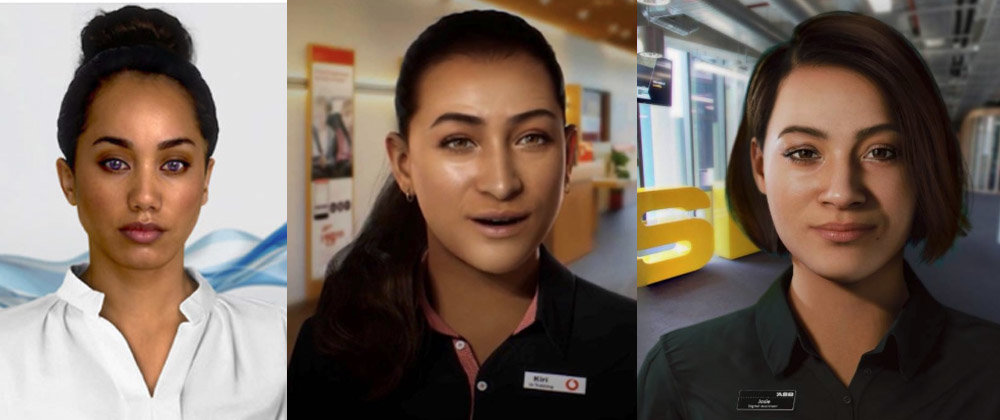
Virtual Assistants are the latest tech in customer service, with big brands lining up for their very own digital human the way we used to line up for the new iPhone. The problem is that these digital humans reflect some pretty outdated stereotypes. I recently received an email from my insurer introducing me to their new Virtual Assistant. ‘Aimee’ will be there to answer my questions 24/7, just like Josie at ASB, Kiri at Vodafone and Sophie at Air New Zealand. Amongst the growing army of virtual customer service representatives, you’ll be hard-pushed to find a Mark, John or Frank. Male Virtual Assistants are even more rare than women in New Zealand board rooms.
Artificial intelligence doesn’t come cheap so it makes sense that businesses are doing everything they can to ensure customers want to chat with their computerised ‘Karen’. Female voices are favoured because they are viewed as being helpful, polite and cordial — just like an assistant. In developing Alexa, Amazon conducted research which showed that a woman’s voice is more ‘sympathetic’ and ‘pleasing’, a conclusion that has been confirmed by numerous studies since. Businesses say it’s a simple case of catering to customer preferences, but these preferences are based in problematic gender biases which we should be ushering out the door. In the virtual world, women are once again filling the role of ‘helper’ or ‘assistant’ while someone else is the boss.
Female dominance of the VA sector might seem like a minor problem but it reflects the much broader issue of gender bias in AI. Algorithms are programmed by humans and in teaching machines to make decisions, we are also inadvertently teaching them our racial, age and gender biases. It’s ironic that many of the companies investing in Virtual Assistants are the same ones that have expansive policies aimed at stamping out gender discrimination and improving outcomes for women in the workplace. No HR department would consider employing exclusively female sales assistants because research showed it would be more pleasing for customers so why are brands pandering to these biases (conscious or otherwise) in designing digital experiences? Equality is great but perhaps selling stuff is better.
If customers are reluctant to use a Virtual Assistant, its unlikely gender has much to do with it. It’s much more likely that these fem-bot helpers don’t work as well as we’d like or that the ten minutes of computerised voice options customers endure when they call an 0800 number have put them off completely.
If brands want to encourage the move to virtual Customer Service, they should shell out some real money to use Morgan Freeman’s likeness and dulcet tones or perhaps develop a range of voice options. Mundane information about home insurance would become a little more appealing if it was delivered in an Italian accent. There are so many ways to encourage the move to digital, all of them more innovative than pandering to outdated stereotypes. Right now, the virtual future is looking a whole lot like the past.
Alessandra Nixon is an award-winning New Zealand marketer who has spent years managing digital content and social media for some of New Zealand’s biggest brands including Countdown, Mediaworks and Vodafone. She has a breadth of experience across B2B and B2C, working with both small and large companies to grow their business through digital.




